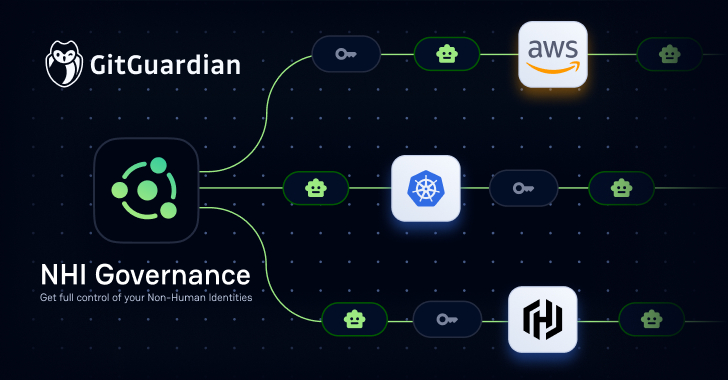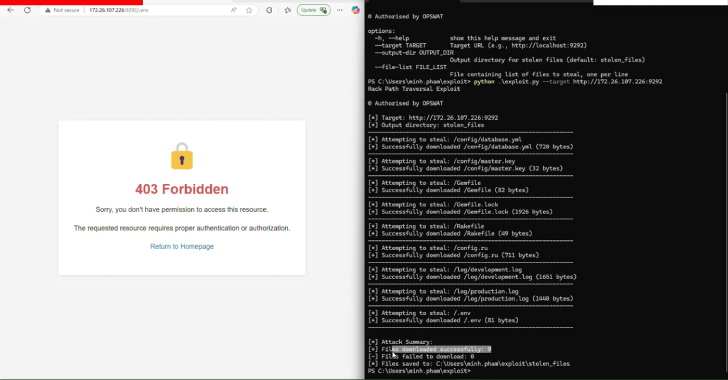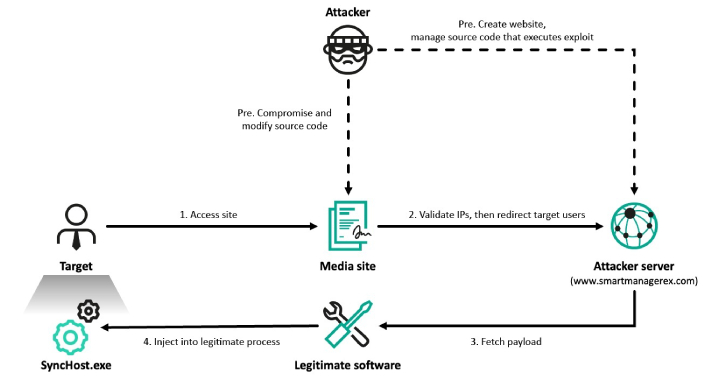Why NHIs Are Security’s Most Dangerous Blind Spot
When we talk about identity in cybersecurity, most people think of usernames, passwords, and the occasional MFA prompt. But lurking beneath the surface is a growing threat that does not involve human credentials at all, as we witness the exponential growth of Non-Human Identities (NHIs). At the top of mind when NHIs are mentioned, most…
Read more










